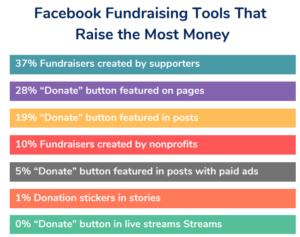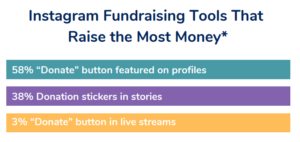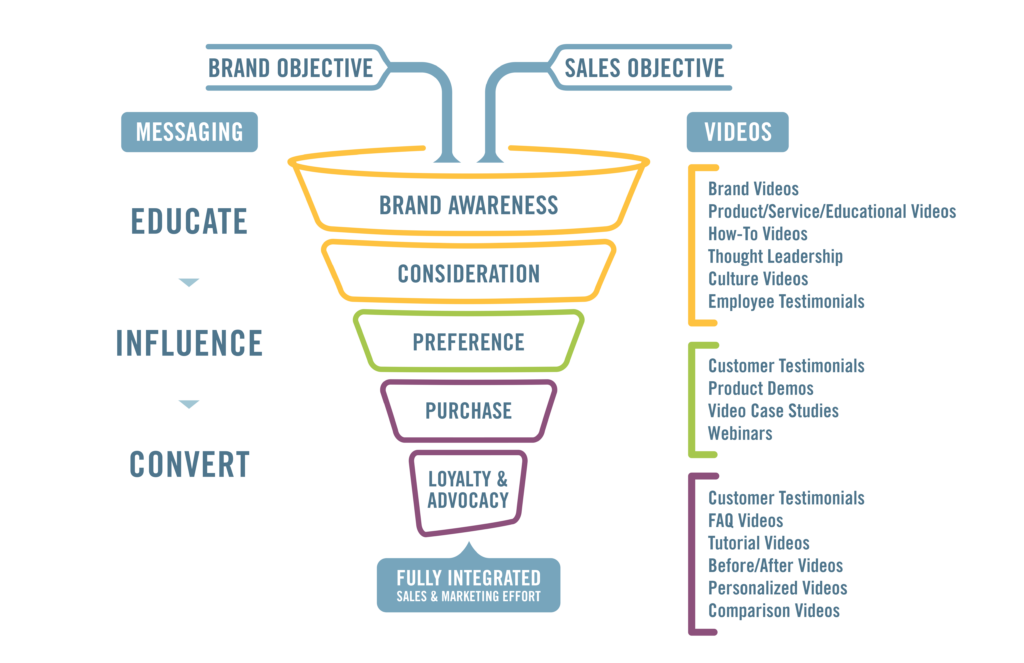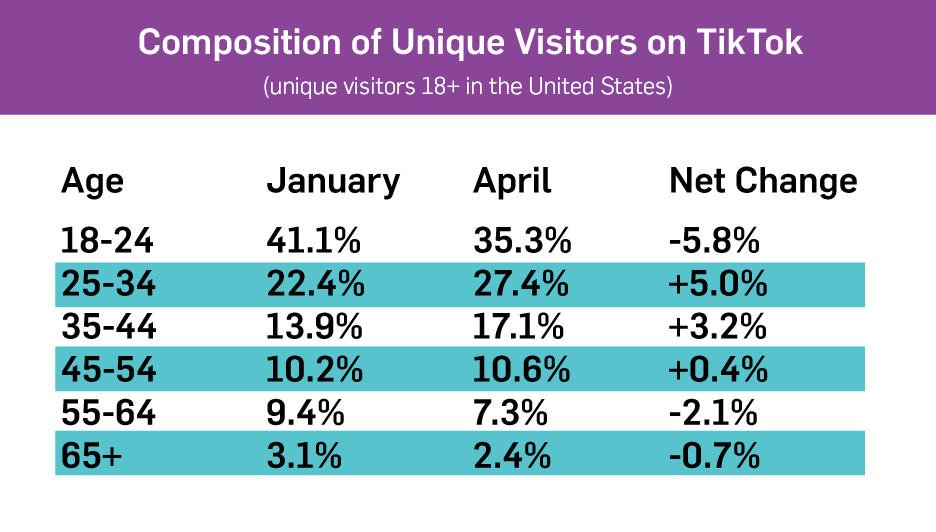According to the NCAA, an estimated 60-100 million March Madness tournament brackets are filled out every year. And roughly 50 of those belong to our G/L tournament pool, G/L Ballers.
Oh yes, we G/L-ers love a good NCAA tournament. The die-hard fans among us obsess over our picks, trying to predict the perfect bracket. While those of us who remain more neutral about the sport use their own creative selection methodology, like choosing the winning teams based on mascots or school names. Then the sound of the CBS broadcast theme rings through the office as we gather around the TV for some good-hearted competition and revelry.
But if you ask me, this year’s tournament was one of the most exciting ever. And I’m not talking about the men. I’m talking about the women who completely blew everyone away.
The 2023 and 2024 women’s NCAA basketball tournaments not only captivated audiences across the country with their thrilling gameplay, but also caught the advertising industry’s attention (and budgets).
A recent article from Marketing Brew shed light on the surge in ad spending surrounding this year’s women’s tournament, noting that some brands didn’t just increase their investments, but even surpassed their spending on the men’s tournament (including Adidas and Ally Financial).
One key indicator of this shift is an unprecedented demand for ad inventory. According to the Marketing Brew article, TV ad agency Tatari said that ad inventory for prior women’s tournaments could be purchased as late as the day before they began. But this year? Nearly sold out, with advertisers inquiring about inventory as early as September 2023, on par with when men’s tourney ads begin to book up.
This heightened interest from advertisers speaks volumes about the increasing marketability of women’s collegiate basketball. And perhaps the most compelling validation of this media investment comes from the viewership numbers. The high-stakes showdown between Iowa and LSU captured the attention of audiences nationwide, becoming the most-watched college basketball game in ESPN’s broadcast history. This historic moment – one of many we witnessed during this year’s tournament – underscores the growing influence of women’s sports.
At the heart of this phenomenon is what many are calling the “Caitlin Clark effect.” An ode to this year’s standout player whose exceptional talent and charisma have propelled the sport into the spotlight like never before. But beyond her individual achievements, the “Caitlin Clark effect” symbolizes a larger movement that celebrates the accomplishments of female athletes and champions the visibility of all women’s sports. After an incredible year, Caitlin and her peers – Angel Reese, Cameron Brink, JuJu Watkins, Hannah Hidalgo, and many more – join the ranks of hundreds more amazing women reshaping the narrative around women’s athletics.
The rise in popularity of women’s collegiate basketball is more than just a passing trend; it’s a cultural shift with enduring staying power. By embracing and investing in the potential of women’s sports, advertisers are not only tapping into a growing market but also contributing to a more inclusive and equitable sports landscape. And I am 100 percent here for it.



